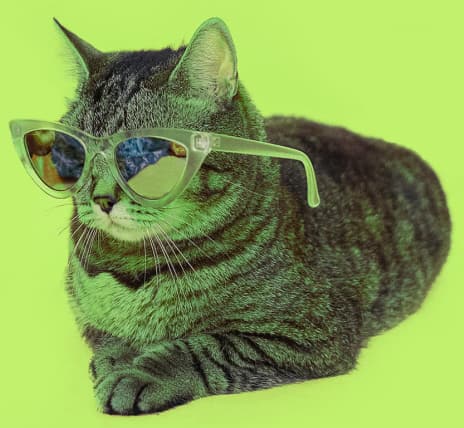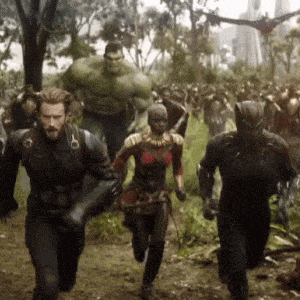Sell
Making ecommerce accessible to everyone by allowing creators to design and sell customized products like t-shirts, hoodies, cosmetics, supplements, and more.
In 2021, I was invited to help design a web platform from the ground up where I showed up with all aspects of design, from visual identity to system architecture and user research.
Working closely with the team, we launched the MVP in just six months. Through thoughtful design decisions and continuous iteration, I helped double the end-to-end funnel conversion rate, from account creation to receiving an order, boosting it from 0.9% to 1.8%.
Visual identity
The goal of the Sell brand is to attract modern creators and resonate with their lifestyle, ambitions, and values. One of the most challenging tasks was to strengthen the brand’s aspiration to create a stronger emotional connection with creators, through energetic, dynamic, fun, and playful visual language.
Logo designed with digital focus in mind, with plain and simple typographical form. The rationale behind this is to be utilitarian, memorable, and highly adaptable to any platform and stand from the crowd with the /app icon=name of the company/, not just an abstract symbol.
Distinctive color palette and use of tint makes the Sell brand instantly recognizable, light/dark mode friendly, and aims for AA accessibility of text and background contrast ratios.
Come to the dark side. Our adopted system-wide dark mode enhances users' browsing experience for better contrast, visibility, and readability.
What is unique about this color palette is that the same tint can only be used in one place e.g. button, section, etc. Using different colors together is restricted by design system guidelines.
Do :)
Don't :(
Do :)
Don't :(
Illustrations, icons and animations are designed to be playful yet purposeful — a versatile cocktail of visuals that can be delivered by anyone from the design team easily and quickly, without depending on someone’s unique style.





For the typeface I selected the most accessible System UI font family to be used for navigation, headers, body copy, and links. It reflects the dynamic personality of the brand and supports all languages, plus it has zero download latency and is legible, clear, and visually familiar to the reader.
To speed up the design process and provide consistent design solutions efficiently, I created a UI components library, documented, and implemented in a development environment.
User experience
For the MVP, in just 6 months, we provided a competitive and scalable solution which allowed merchants to create and sell their own cosmetic product line. In the next 6 months, we continued to launch other product lines like supplements, apparel, accessories, etc.
months

Let’s launch after lunch
Reinis Vaivars, CEO
The goal was to understand what to do first and what features do people need first on each project iteration. To gather insights and to collect information about users' primary needs, I conducted regular remote user interviews, used polls to ask user feedback, checked social media of competitors' communities, and analyzed solutions of competitors.
I found out that all participants wanted to customize products by adding design and edit pricing, publish products to Shopify as the most widely used ecommerce platform, receive orders and ship to the end-customer. To address these needs, all collected information was documented, created a roadmap where most important solutions were prioritized and packed to 2 weeks scopes.
We defined as the success metric a funnel which consisted of creating an account › creating at least one product › connecting to store › publishing product in the store › adding billing info › receiving order. As we hypothesized and as validated from user interviews and collected data, some users didn't complete the process from start to finish. Random browsing between sections and the lack of action instructions for the newbies caused confusion on what the user was supposed to do next.
To improve user experience and metrics, I came up with an onboarding solution by creating a getting-started flow and giving educational tips. This helped communicate the product's value to newcomers and doubled the funnel conversion rate from 0.9% to 1.8%.
Conversion funnel
Before
After
Create an account
24.2%
25.8%
Create at least one product
14.5%
17%
Connect Shopify store
7.9%
9.1%
Publish product in the store
4.2%
7.2%
Add billing info
2.1%
3.6%
Receive order
0.9%
1.8%
The user journey begins with one of the customizable and personalized target landing pages, the purpose of which is to communicate platform messaging, USPs, features, benefits, and so on, and to encourage users to create an account.
Upon registering, users are taken to their account dashboard. From here, they can view information on sales and product catalog, as well as access the "getting started" guide. This guide is designed to teach new users about the platform, helping them take advantage of its features and benefits.
A product creation is the beginning of a user's journey. Choosing a product and customizing its design is essential to start selling. Users have the ability to pick any item by navigating the primary product catalog screens — Product catalog › Open category › Product list › Open product — to make their selection.











































































